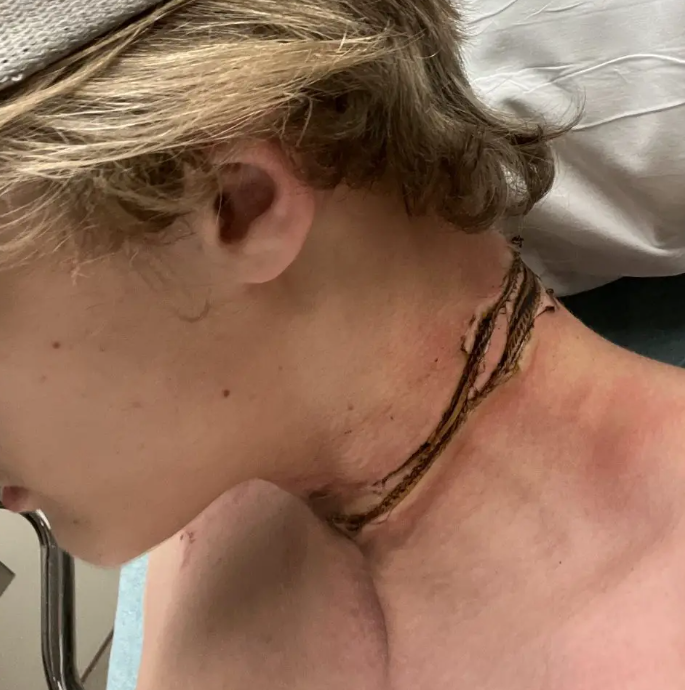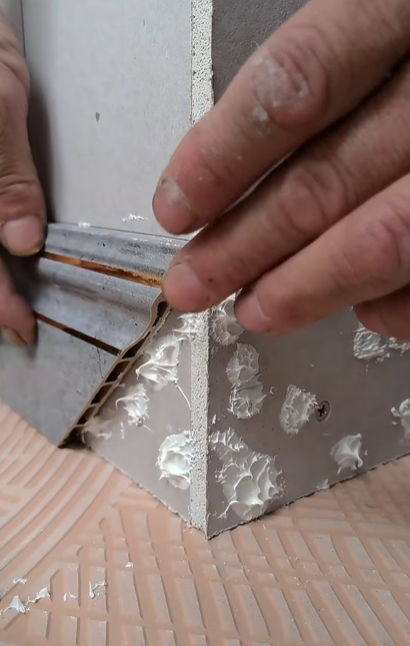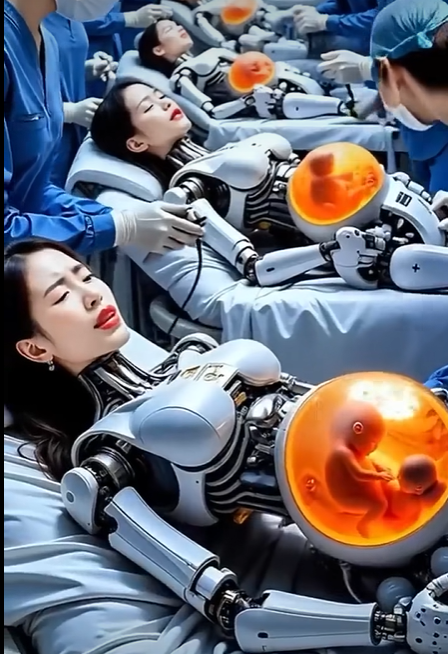
As the boundaries between biology and technology blur, the idea of artificial wombs and robotic surrogacy no longer belongs solely to science fiction.
These images explore a speculative future where life is engineered, grown, and nurtured in ways humanity has never imagined before.
Robotic Wombs – The Rise of Synthetic Motherhood
In the first image, humanoid robots with realistic female features lie in a sterile medical facility.
Their torsos contain transparent, glowing wombs where human fetuses grow.
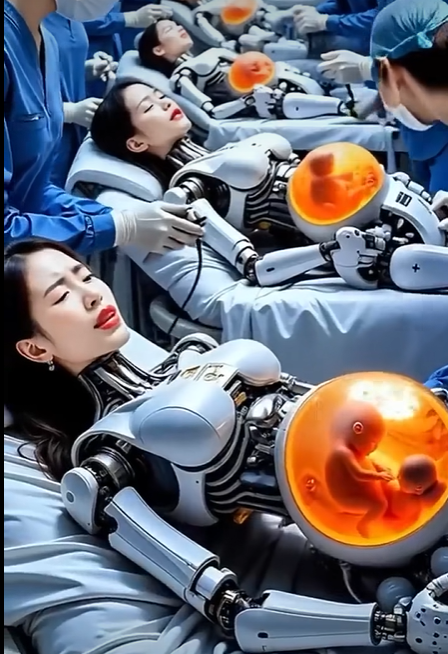
Technicians in medical attire monitor the development, symbolizing the merging of maternal biology and mechanized precision.
These artificial surrogates, possibly part-human and part-robot, represent a new kind of motherhood—one driven by science, safety, and scalability.
The Assembly of Life – Robotic Nurseries at Work
The second image transports us deeper into this futuristic world, where robotic caretakers line up rows of artificial incubators.
Inside each capsule rests a newborn, monitored and cared for by AI-powered machines.
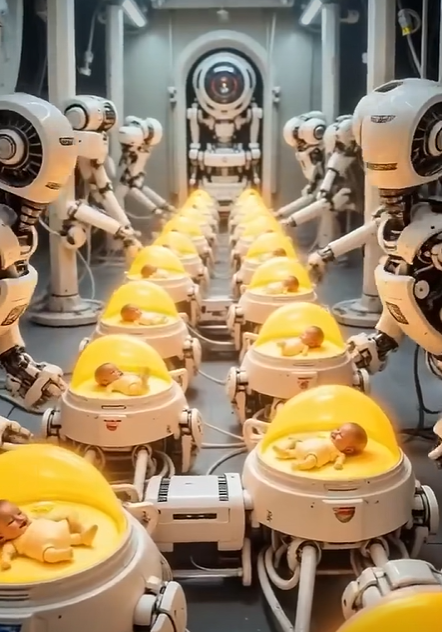
These robotic arms move in harmony, forming an automated nursery that ensures every baby receives round-the-clock care without human intervention.
Ethical Evolution or Dystopian Dream?
These visuals challenge us to reflect: Is this a utopian vision of overcoming infertility and birth complications—or a dystopian warning about the commodification of life?
The concept of Genesis 2.0 raises powerful questions about the future of reproduction, the role of technology in parenting, and what it means to be born in a world built by machines.

